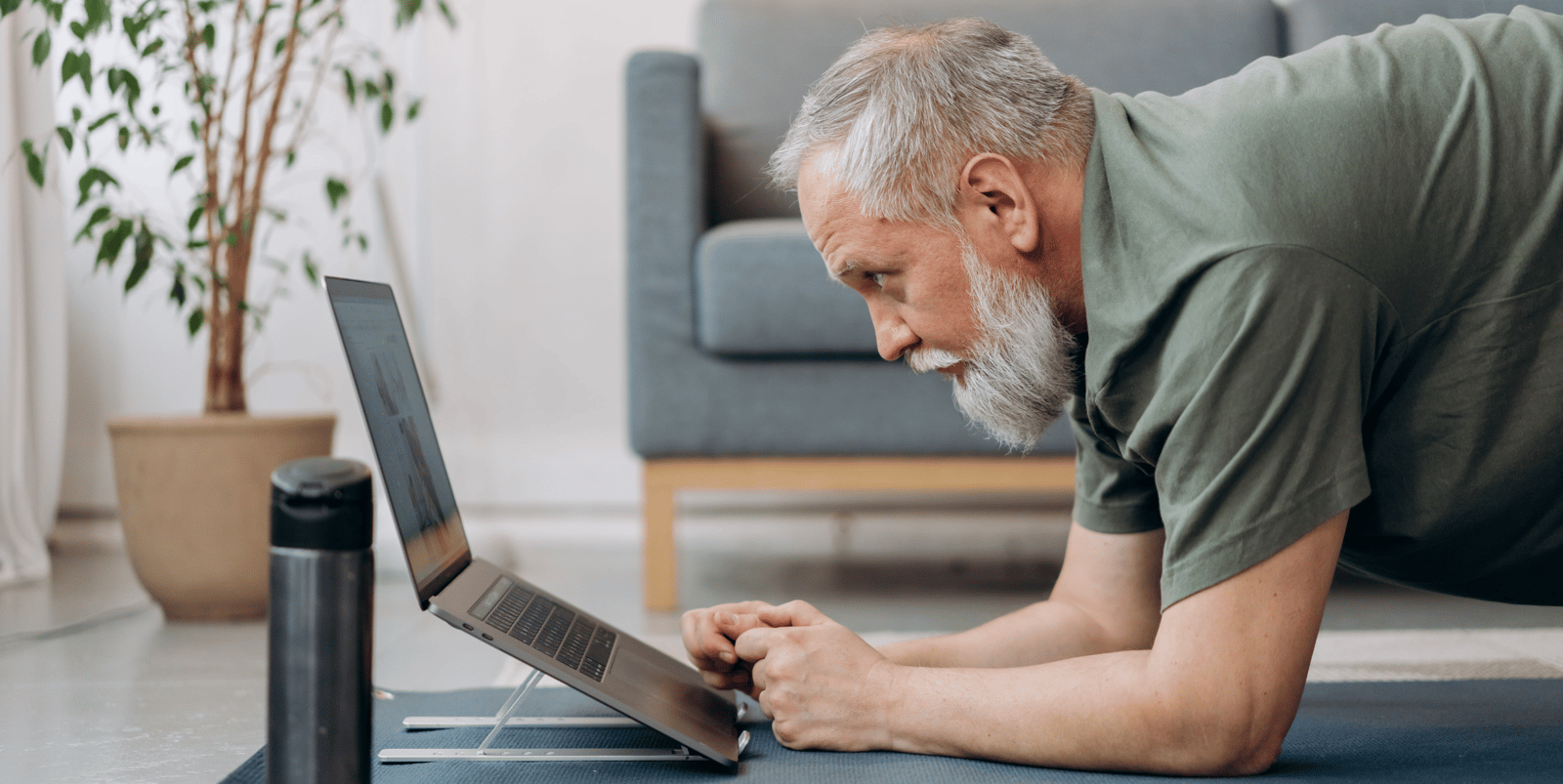Are you fit for your age
Physical healthHealth TipsJanuary 24, 2024
Fitness is not a one-size-fits-all measure. In fact, every age has its own standards to stack up against and see where you ‘fit’ in.
If someone asked you how fit you were, say on a scale of one to five, you’d probably have some idea of where you were in the range of unfit, to reasonably fit, to extremely fit. That said, knowing where you should be, based on specific scores relative to your age, can help you set realistic goals and keep track of your progress.
There are many tests that measure different components of fitness, including those related to aerobic fitness (cardiovascular and endurance), strength, balance and flexibility. These assessments can be quite technical and its recommended you have a trainer or health professional assisting you, especially if you’re unfamiliar with the tests.
According to fitness standards cited by Mayo Clinic here are some targets to work toward in every decade.
20s
In your 20’s you should be able to run or jog 2.4 km in less than 15 minutes and do 20 push-ups without stopping (either on your toes or on your knees) and do 40 sit-ups. Your target heart rate (THR) zone, which is a measure of your cardiovascular fitness, should be between 98 to 166 beats per minute (bpm) at age 25. If you wear a heart rate monitor and exercise regularly, you can check it during your workout. Otherwise, go for a brisk 10-minute walk and feel your pulse straight after, counting the number of beats in 15 seconds, then multiplying by four to get your bpm score.
30s
You should still be able to run or jog 2.5 km in less than 15 minutes, do 20 push ups and 40 sit ups. At age 35, your THR should be somewhere between 93 to 157 bpm. However, according to health experts in one Healthline article, a pregnant woman should not exceed 140bmp when exercising.
40s
At age 45, your THR is between 88 to 149 bpm. You should still manage to run or jog 2.5km in under 15 minutes and be able to climb a flight of stairs without much difficulty. Aim to do 16 push-ups without stopping and 35 sit-ups.
50s
At the age of 55, your THR should be between 83 to 140 bpm. Although this may be the decade where aches and pains start to crop up, it’s important to do regular strength and cardiovascular training to keep joints mobile and maintain muscle mass. Depending on your previous exercise history and bone health, walking may be advisable over running. Women should be able to do between seven and 10 push-ups and 15 to 19 sit-ups.
60s and beyond
Keeping active in your senior years is essential to help decrease the risks for chronic diseases including osteoporosis and those related to obesity, including heart disease and diabetes. THR at age 65 is between 78 to 132 bpm. You should be able to walk 2.5 km in about 20 minutes, do 10 push-ups and 20 sit-ups. It’s best to focus on doing low-impact exercises like gentle yoga or water aerobics.
Remember, this is just a guide and that no matter your age, it’s never too late to improve your fitness. Always consult an appropriate health professional for individual advice, especially if you are pregnant, experiencing a medical condition or injury, or if you’re new to physical activity.
References:
Mayo Clinic Staff. How fit are you? See how you measure up.
Murphy. A. (2020). Trainers name the exercises you should be able to do in every decade of your life.
Reed. L. (2016) Target Heart Rate in Pregnancy.
